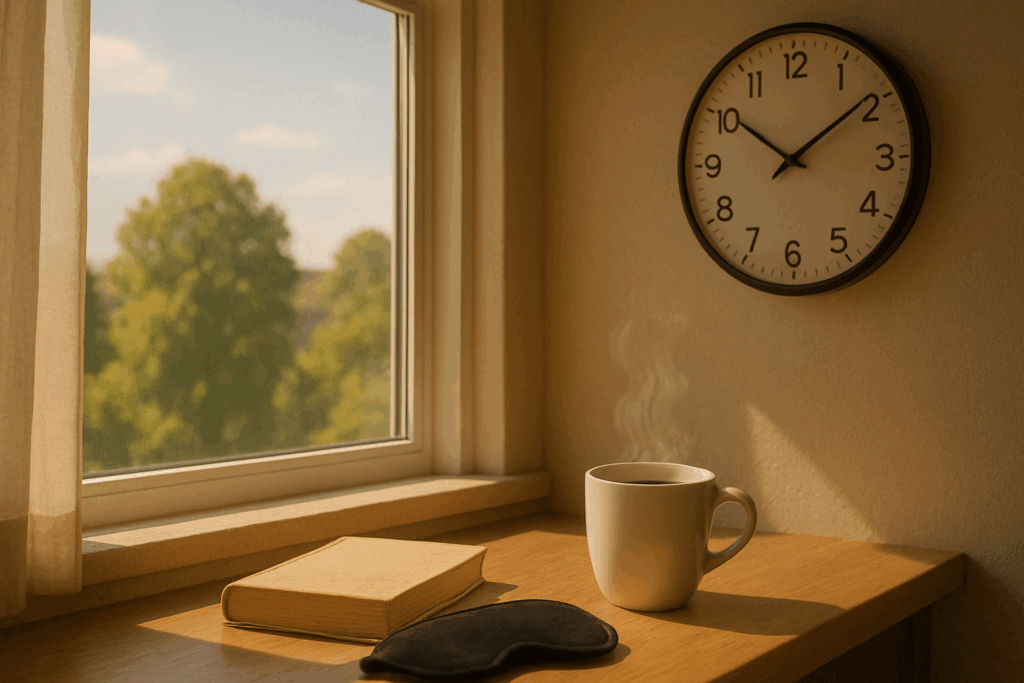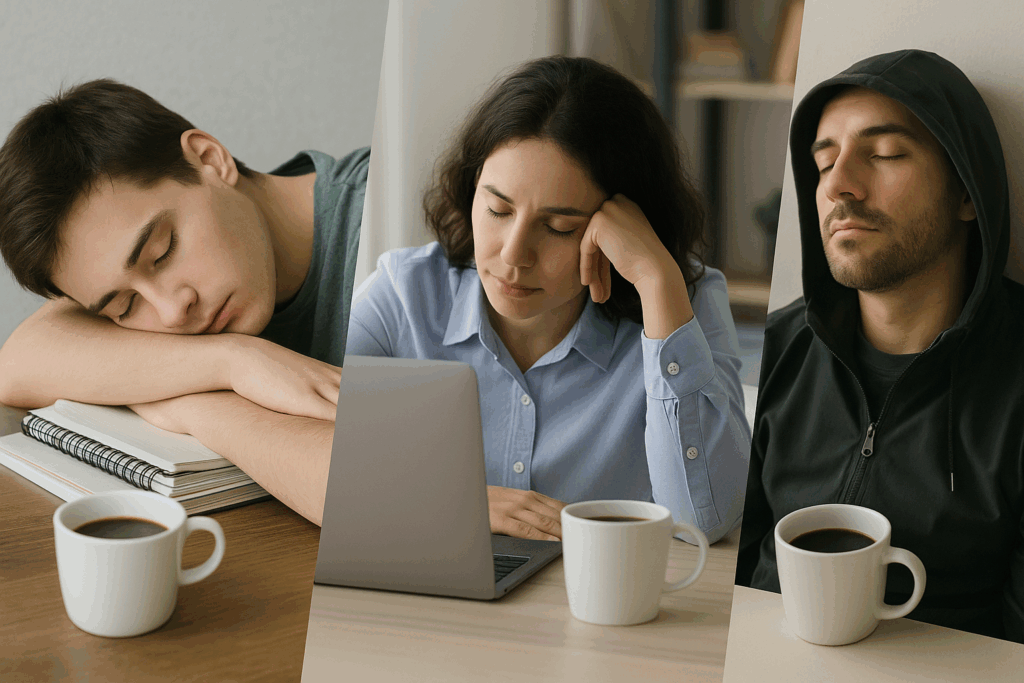Coffee Naps: The Science-Backed Way to Recharge Your Brain
It sounds counterintuitive at first—drink a coffee, then go take a nap? For many, that feels like mixing signals: one keeps you awake, the other puts you to sleep. But here’s the twist: when timed right, this unusual duo—what many now call coffee naps—becomes one of the most effective ways to reset your energy and focus.
Why Coffee and Napping Together Actually Makes Sense
Welcome to the world of the coffee nap—a strategy that’s quietly earned the respect of sleep researchers, wellness experts, and productivity enthusiasts alike. The idea is simple. You drink a cup of coffee, then immediately take a short nap—ideally around 20 minutes. When you wake up, the caffeine is just beginning to kick in. The result? You feel more refreshed, more alert, and more focused than if you had chosen just coffee or just a nap.
It’s not a gimmick. It’s backed by real science and increasingly embraced by people who want to avoid the afternoon slump without overloading on caffeine. Unlike grabbing a late-afternoon coffee and risking poor sleep later, this method gives you a clear lift—with no evening jitters attached. If you’ve ever found yourself halfway through the day, mind foggy and motivation slipping, this technique might just become your new favorite reset button. And that’s exactly why more people are turning to coffee naps as a smarter way to restore energy.
The Science Behind Coffee Naps as a Break
To understand why coffee naps work so well, it helps to look at what’s happening in your brain when you feel tired. Throughout the day, a chemical called adenosine builds up. It’s part of what makes you feel sleepy—your brain’s way of signaling that it needs rest. Caffeine works by blocking adenosine. When you drink coffee, the caffeine slips into the same brain receptors and takes adenosine’s place. That’s why you feel more alert—it’s not that the tiredness disappears, it’s that your brain no longer receives the message to slow down. But caffeine takes about 20 to 30 minutes to reach full effect.
That’s where the nap comes in. If you lie down for a short nap right after drinking your coffee, your body naturally clears out some of the adenosine while you rest. When the caffeine kicks in, it faces less competition. The result? A sharper, more energized you. It’s not just theory. A well-known study published in Psychophysiology found that people who took a coffee nap performed significantly better on tasks like simulated driving than those who only napped or only drank coffee. Coffee naps outperformed both strategies on their own.

When Coffee Naps Work Best—and When to Avoid Them
Coffee naps are most effective in the early afternoon, typically between 1:00 and 3:00 p.m., when energy levels tend to dip. This is when your body’s natural circadian rhythm starts to decline. That rhythm acts like an internal clock, helping regulate when you feel alert and when you feel tired. Around this time, your energy naturally decreases, which makes it the perfect window for a quick recharge. After this period, taking caffeine might interfere with your nighttime sleep—especially if you’re sensitive to stimulants.
Avoid coffee naps too late in the day or in situations where you won’t be able to nap right away. Drinking coffee and then scrolling your phone doesn’t count. The magic lies in the timing: the nap clears out adenosine while caffeine gradually builds its effect. Understanding your own sensitivity to caffeine also helps. If you metabolize it slowly, try a shorter nap or a smaller cup of coffee. The goal is to find the sweet spot that works for your body.
Who Benefits from Coffee Naps—and How to Do Them
Coffee naps aren’t a universal fix. Think of them more like a personal energy strategy—something you can adapt to your own rhythm and needs. They’re especially helpful for people who hit a slump in the early afternoon, like office workers, students, shift workers, or anyone whose mind feels sluggish after lunch. If you’re looking for a clean, caffeine-efficient way to recharge without reaching for sugar or energy drinks, this is it.

Here’s how it works in practice. Drink a regular cup of coffee—not a heavy latte, just a straightforward brew—within about 5 to 10 minutes. Then lie down in a quiet place and close your eyes. Even if you don’t fall fully asleep, the short rest (ideally 15–20 minutes) still helps. When you wake up, the caffeine is kicking in, and your brain is already a few steps ahead.
Coffee naps aren’t for everyone. If you’re very sensitive to caffeine, prone to anxiety, or struggle with falling asleep at night, it’s wise to experiment cautiously—or avoid them. But for most people, especially those who want to regain focus in the second half of the day, this method is a simple and surprisingly effective reset.
A Healthier Way to Power Through
Coffee naps represent a shift toward smarter energy management. Instead of relying on willpower, extra caffeine, or sugary snacks to push through the afternoon slump, this method uses your body’s natural biology to your advantage. By briefly resting right after drinking coffee, you reset just enough to make the caffeine more effective. You’re not just covering up tiredness—you’re actively addressing it.
The result is a smoother, more natural lift without the jitters. This kind of intentional break can help prevent burnout, sharpen focus, and even support better sleep habits—because you’re less likely to reach for caffeine later in the day. For those seeking to stay productive without feeling drained, coffee naps offer a refreshingly simple solution. Whether you’re prepping for a big task, bouncing back from poor sleep, or just needing clarity mid-afternoon, a coffee nap might be your new go-to ritual.

